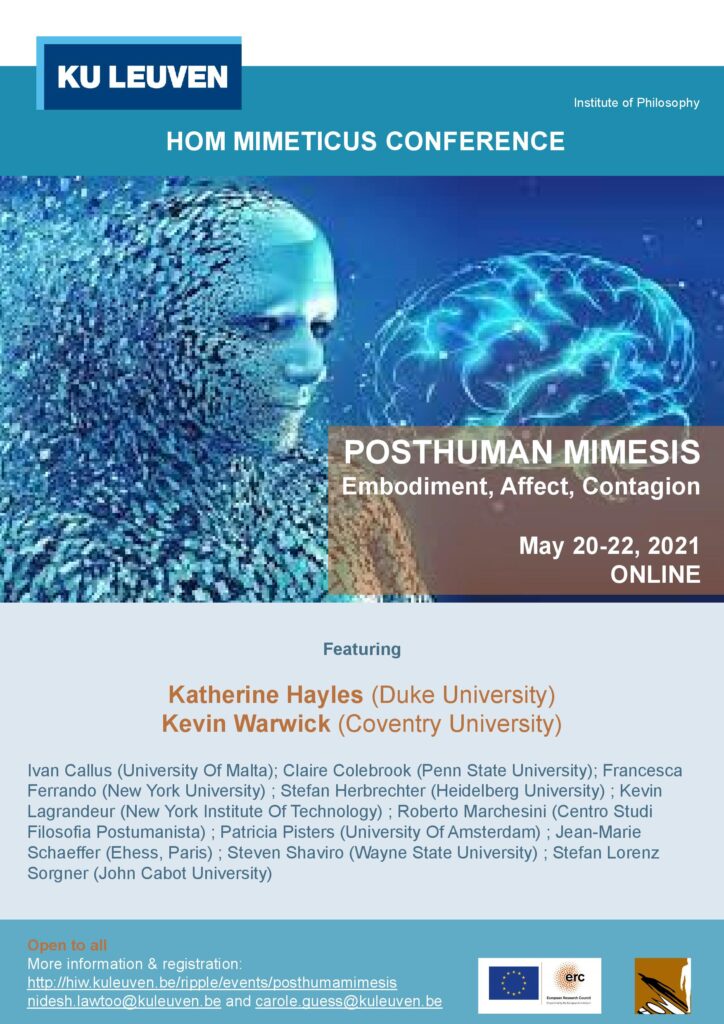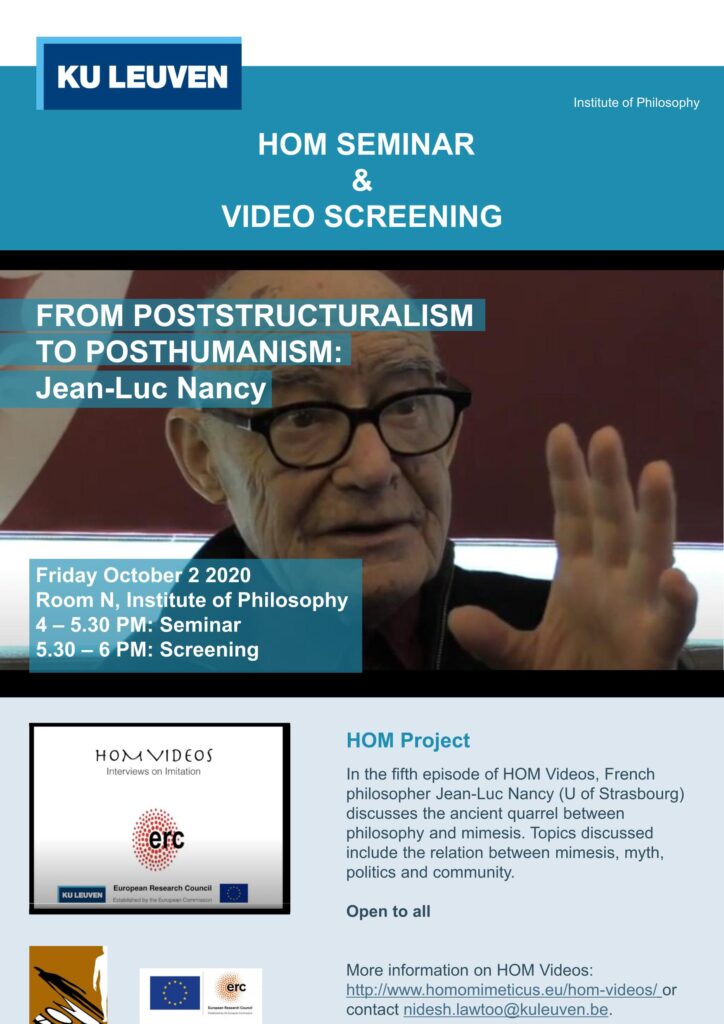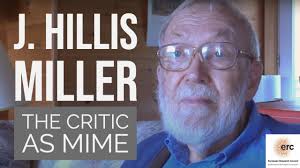In the sixth episode of HOM Videos, Italian feminist philosopher and political theorist Adriana Cavarero (U of Verona) discusses the relational ontology that inclines the subject toward the other, the dangers of mass behavior, and the possibilities for a new feminist ethics. The city of Verona provides a background to Cavarero’s reflections.
Tag Archives: ERC
Mimetic Resonances
Storming the Capitol: The Predictable Efficacy of (Hyper)Mimesis

How could a mimetic crowd go so easily from a conspiracy theory to a (new) fascist insurrection? In this piece for TCC Nidesh Lawtoo argues that what is surprising is not that the crowd hit the U.S. Capitol like a wave, but that no one in power saw this announced wave coming. If it is still unclear how (hyper)mimesis goes from conspiracy theory to (new) fascist actions, find out more here. Versione intervista in italiano per il CdT (con Carlo Silini): L’Assalto al Campidoglio.For related events on the importance to counter (new) fascism see also, Settima Lettera on Freud, Fascism, & Myth (March-June 2021); New Fascism & the Mimetic Unconscious (KU Leuven, Marc 24 ) New Fascisms, New Resistances (U Beragmo, 22-23 April)
The Critic and the Mime: J.Hillis Miller in Dialogue with Nidesh Lawtoo
In this interview for the Minnesota Review, J. Hillis Miller and Nidesh Lawtoo take one of the most influential concepts in Western aesthetics, mimēsis, as an Ariadne’s thread to retrace the major turns in Miller’s career and, by extension, to promote a re-turn of mimesis in literary theory and criticism. More here .
Vibrant Mimesis: A Walk With Jane Bennett (Nidesh Lawtoo)
Part of a panel on Jane Bennett’s Influx & Efflux (2020) organized at Johns Hopkins University, ERC grantee Nidesh Lawtoo establishes a bridge between new materialism and mimetic theory. He argues that the influences internal to Bennett’s account of a porous self, tap into the unconscious powers of mimesis to induce sympathy towards (non)human others, along contagious lines central to the mimetic turn as well.
Posthuman Mimesis: Embodiment, Affect, Contagion (May 20-22)

The ERC Project Homo Mimeticus: Theory and Criticism is pleased to announce an international online conference on the subject of “Posthuman Mimesis.” More details including program and registration here.
The Mimetic Turn: Reloading Mimesis (Nidesh Lawtoo)
In this opening session of the Homo Mimeticus Seminar (KU Leuven), PI Nidesh Lawtoo introduces some of the main concepts constitutive of the mimetic turn, or re-turn of mimesis in critical theory, including mimetic pathos, pathos of distance, mimetic patho(-)logies, and their relevance for the COVID-19 pandemic crisis.
Toward the Mimetic Posthuman (Carole Guesse)
As part of the Homo Mimeticus Seminar (KU Leuven), Postdoctoral researcher Carole Guesse (@CrlGss) provides a short introduction to the posthuman and its discourses: transhumanism and posthumanism. She then explores the various ways in which the posthuman – in both theory and (science) fiction – can be characterized as mimetic.
Premiere: Jean-Luc Nancy on Philosophy & Mimesis Video
Tune in on Thursday, October 8, at 8pm for the premiere of the latest episode of HOM Videos, Jean-Luc Nancy: Philosophy and Mimesis. Topics discussed include the relation between philosophy and literature, myth, politics and community. Sign up via this link:
HOM Seminar Reloaded: from Poststructuralism to Posthumanism
Join us for the first session of the HOM Seminar on Friday, October 2, 4pm, Room N, Institute of Philosophy, KU Leuven. Presentations by Nidesh Lawtoo on the “mimetic turn”, new HOM-team member Carole Guesse on “posthuman mimesis,” and discussion of an interview with J. Hillis Miller, supplemented by a screening of Jean-Luc Nancy. More details here: https://hiw.kuleuven.be/hua/events/hom-seminar
Please register by sending an email to: niki.hadikoesoemo@kuleuven.be


